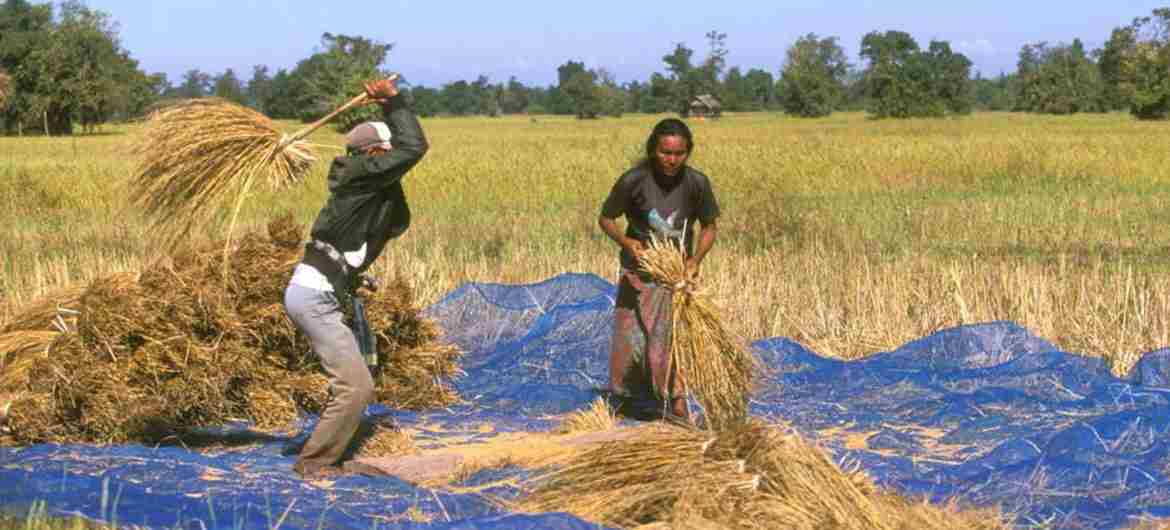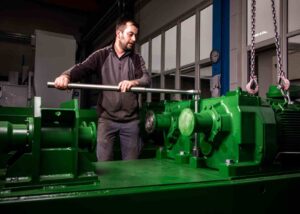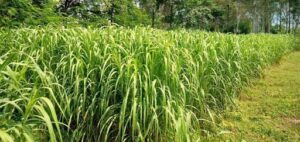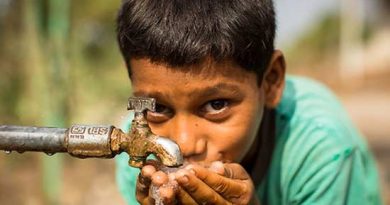Pre-treatment you vouch for agricultural waste in biogas production


In the quest for sustainable energy solutions, agricultural waste presents a valuable resource. The utilization of this waste for bio-gas production not only offers an alternative energy source but also contributes to environmental conservation by reducing waste. Agricultural waste is just too diverse. Here, we delves into the categorization of agricultural waste, focusing on fibrous and non-fibrous types, and explore the pre-treatment processes inalienable for converting the bio-waste into bio-gas.
Agricultural waste’s utility in energy production is influenced by its physical composition, which can be broadly classified into two categories: fibrous and non-fibrous. The distinction is crucial for selecting appropriate waste management practices, such as recycling, composting, and energy production, to maximize sustainability and efficiency.
Fibrous & Non-Fibrous Agricultural Waste
Originating from the structural components of plants, fibrous waste is rich in cellulose, hemicellulose, and lignin. These components confer strength and rigidity to plants, making fibrous waste particularly suitable for biofuel production, composting, and as feedstock for the paper and pulp industry. Common types of fibrous agricultural waste include rice straw and husk, wheat straw, sugarcane bagasse, coconut coir and shells, corn stalks and cobs, and cotton stalks.
The high cellulose content of fibrous waste makes it an excellent raw material for bio-gas and biofuel production. Additionally, its utility in agriculture as mulching material helps conserve soil moisture and improve soil health, demonstrating its versatility in sustainable waste management.

Contrasting with fibrous waste, non-fibrous agricultural waste comprises less structured materials with diverse composition. This category includes fruit and vegetable peels, flower waste, poultry and livestock manure, aquaculture waste, and seed and nut shells. Despite some overlap with fibrous materials in terms of content, non-fibrous waste is often richer in nutrients, making it an ideal candidate for composting and soil amendment.
Anaerobic digestion processes can also utilize non-fibrous waste to produce bio-gas, although the efficiency and gas yield may vary based on the material’s specific properties. This variability underscores the need for tailored approaches in managing different types of agricultural waste.
Pre-Treatment Processes
The efficiency of converting agricultural waste into bio-gas significantly depends on the pre-treatment processes employed. These processes are designed to break down the complex lignocellulosic structure of biomass, enhancing the accessibility of cellulose and hemicellulose for microbial or enzymatic action. Pre-treatment is categorized into mechanical, chemical, and thermal methods, each with unique advantages and applications.
Involving physical processes, mechanical pre-treatment aims to reduce particle size and increase biomass surface area. Techniques such as milling, grinding, and pelleting are employed to enhance microbial access to fermentable components, thereby improving bio-gas production efficiency.
Chemical pre-treatment employs acids, alkalis, and other chemicals to disrupt the lignin structure and break down cellulose and hemicellulose linkages. This method enhances biomass digestibility, facilitating more efficient bio-gas production. Techniques include acid hydrolysis, alkali treatment, ozonolysis, and the use of ionic liquids and organosolv processes.
Utilizing heat, often in combination with pressure and moisture, thermal pre-treatment alters the biomass’s structural and chemical properties. Methods such as steam explosion, hydrothermal processing, and torrefaction are employed to improve the biomass’s energy density and processability.
Bio-Extrusion: A Cost-Effective and Reliable Pre-Treatment Method
Among the pre-treatment methods, bio-extrusion stands out for its cost-effectiveness and reliability. Combining mechanical and thermal processes, bio-extruders apply high pressure and temperature to disrupt biomass cellular structure, increasing its digestibility. This technology has proven particularly effective for long-term operations, thanks to its lower operational costs and established technologies.
Bio-extruders justify their initial investment through increased bio-gas yield and biofuel production efficiency. Operational costs, primarily energy consumption, are offset by the enhanced efficiency of subsequent biochemical conversion processes. Moreover, the technology’s maturity, adaptability, and scalability enhance its reliability and versatility in processing a wide range of biomass types.
Choosing the Right Pre-Treatment Method
Selecting the most appropriate pre-treatment method involves considering the biomass’s specific characteristics, the scale of operation, the treated biomass’s intended use, and the available infrastructure. Each pre-treatment method has its own set of advantages and limitations, and often, a combination of methods is employed to achieve the best results.
For instance, mechanical pre-treatment can be an effective first step in breaking down the physical barriers of biomass, making it more amenable to further chemical or thermal treatment. Chemical pre-treatment, while effective at enhancing digestibility, may introduce inhibitors to microbial growth or enzymatic activity, necessitating careful process control and potentially additional steps to remove or neutralize these compounds. Thermal pre-treatment methods, such as steam explosion, can be highly effective at altering the structural and chemical properties of biomass, but they require significant energy input, which can impact the overall energy balance and cost-effectiveness of the bio-gas production process.

Bio-extrusion, by combining aspects of mechanical and thermal pre-treatment, offers a streamlined approach that can mitigate some of the limitations associated with single-method pre-treatments. The high pressure and temperature applied in bio-extrusion effectively disrupt the lignocellulosic structure of the biomass, enhancing its digestibility without the need for additional chemicals or extensive energy input. This makes bio-extrusion an attractive option for bio-gas producers looking for an efficient, cost-effective, and environmentally friendly pre-treatment method.
Implementation in Bio-Gas Production
Implementing an effective pre-treatment strategy, including bio-extrusion, requires careful planning and consideration of the entire bio-gas production process. This includes evaluating the availability and characteristics of the agricultural waste feedstock, the capacity and capabilities of the pre-treatment equipment, and the requirements of the downstream bio-gas production technology. Additionally, economic considerations, such as capital and operational costs, potential revenue from bio-gas and other value-added products, and environmental regulations, play a critical role in determining the feasibility and sustainability of the bio-gas production operation.
Future Perspectives
As the demand for renewable energy sources continues to grow, the role of agricultural waste as a feedstock for biogas production is likely to become increasingly important. Advances in pre-treatment technologies, including bio-extrusion, along with improvements in bio-gas production and utilization technologies, hold the promise of making bio-gas a more viable and attractive option for renewable energy production. Furthermore, the development of integrated bio-refineries that can convert agricultural waste into a range of bio-based products, including bio-gas, biofuels, and biochemicals, offers a pathway to a more sustainable and circular bio-economy.
In conclusion, the pre-treatment of agricultural waste, particularly through methods such as bio-extrusion, plays a critical role in enhancing the efficiency and sustainability of bio-gas production. By carefully selecting and optimizing pre-treatment methods, bio-gas plant operators can improve the digestibility of agricultural waste, increase bio-gas yields, and contribute to the development of a more sustainable energy future.
(The author is an expert on biogas.)




